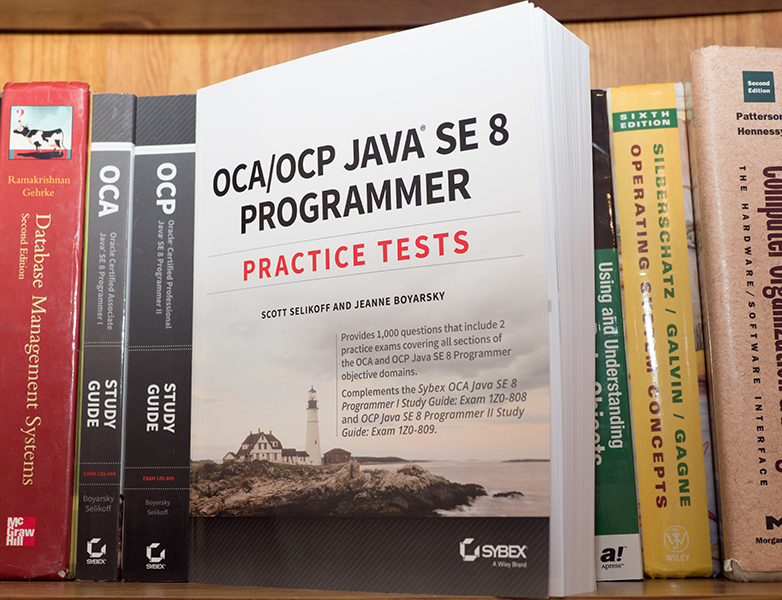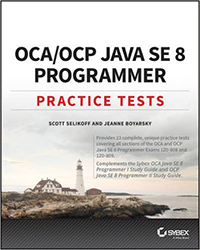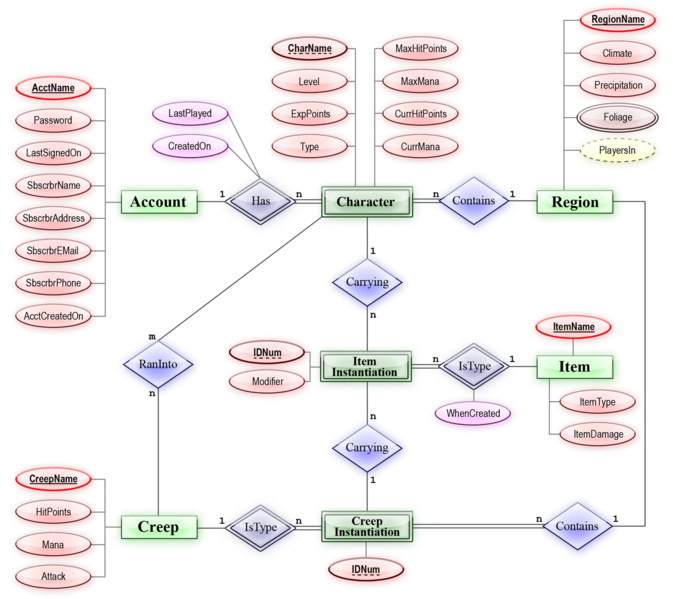Jeanne and I are really excited to announce that our new book OCA / OCP Practice Tests: Exam 1Z0-808 and Exam 1Z0-809 is now shipping. In fact, we just received our copies today! The book is available in both print and digital formats from Amazon and other major book retailers. In addition, purchasing this book grants the holder access to Sybex’s interactive test bank!
This book serves as worthwhile companion to our previous two books, now available as set, The OCA / OCP Certification Kit. With this book you are really getting two books in one, as Jeanne and I packed over 1000+ questions into this text, covering both the OCA and OCP exams. To better prepare you for test day, we also threw in two simulated OCA/OCP exams. Whether your taking the OCA exam now and thinking about the OCP exam down the road, or taking the OCP exam and need a refresher on the cumulative material, this book has got you covered!

This book covers 100% of all exam objectives in these practice tests, which means you’ll be ready for:
- Java basics, class design, and data types
- Using decision and loop constructs
- Building and using arrays
- Methods, encapsulation, and inheritance
- Mastering Java Streams
- Working with the Date/Time API and Localization
- Understanding design patterns and principles
- Writing Lambda expressions and functional interfaces
- Exceptions and assertions
- Java File I/O (NIO.2)
- Concurrency and localization
- JDBC and database applications
Jeanne and I put a lot of time, energy, and planning into this new book and we really hope our reader enjoy it!


